Hello to everyone
In my last post that I shared with you, I told about my cultural trip in Gaziantep.
I will continue to describe the rest of our trip.
Today we will visit a magnificent museum with you.
We will visit the mosaic museum in Gaziantep.
I had visited the museum 8 years ago and liked it very much. For years, I wanted to go with my beloved kpcam. We finally had the opportunity to do that this past weekend. Although my husband is both from Gaziantep and a history teacher, he had never visited this museum before, unfortunately. I think it was a huge loss. Luckily we made up for that last week.
The museum is located just above the Silk Road in Gaziantep. It is a magnificent and quite large museum. It is located in two three-storey buildings built on a large area. There is a suspension bridge for passage between buildings.
The museum also has a large garden. There are two souvenir shops in the garden. Apart from these, there are also large sarcophagi and tombstones from the Roman period with inscriptions on them.
If you happen to be in Gaziantep one day, you should definitely visit this museum.
If you haven't visited yet, you can take a virtual tour with the photos in this post.
Gaziantep Zeugma Mosaic Museum

Zeugma Mosaic Museum is a very important and favorite museum for many visitors. The museum has an artistic richness and diversity that can be a reason alone to visit Turkey. I have visited many museums so far. But I don't remember visiting another museum that impressed me as much as the Zeugma Mosaic Museum.
It is known as one of the largest mosaic museums in the world in terms of the size of the museum building and the area covered by the mosaics on display.
You can use a museum card to enter the museum. If you are a teacher, you can enter for free. Apart from that, the entrance fee is 40 TL (about 3.5 hive)
In a room on the right at the entrance of the museum, there is a cinevision room where the history of Zeugma is told.
I didn't go into the cinevision room this time because I watched it on my previous visits.
If you want to benefit from the service in this room, the fee is only 10 TL.

The mosaics exhibited in the museum reflect a very superior artistic taste. It contains examples of Late Antiquity churches and Early Syriac and Christian iconography. All this, of course, makes the museum even more attractive. It ensures that it is visited by many domestic and foreign visitors.
We can say that one of the most important archaeological discoveries of our period is these artifacts unearthed from the Ancient City of Zeugma.
Covering an area of 2,500 square meters in total, the museum does not include mosaics that only represent the pinnacle of art. In addition to these magnificent mosaics, it is also possible to see very valuable statues, columns and fountains from the Roman Period in the museum.
Among these sculptures, the one that attracts the attention of the visitors and of course me the most is the bronze statue of Ares, the God of War.
We can say that it is one of the most striking works of the museum, both with the magnificence of the statue and the length of the column on which it is located.

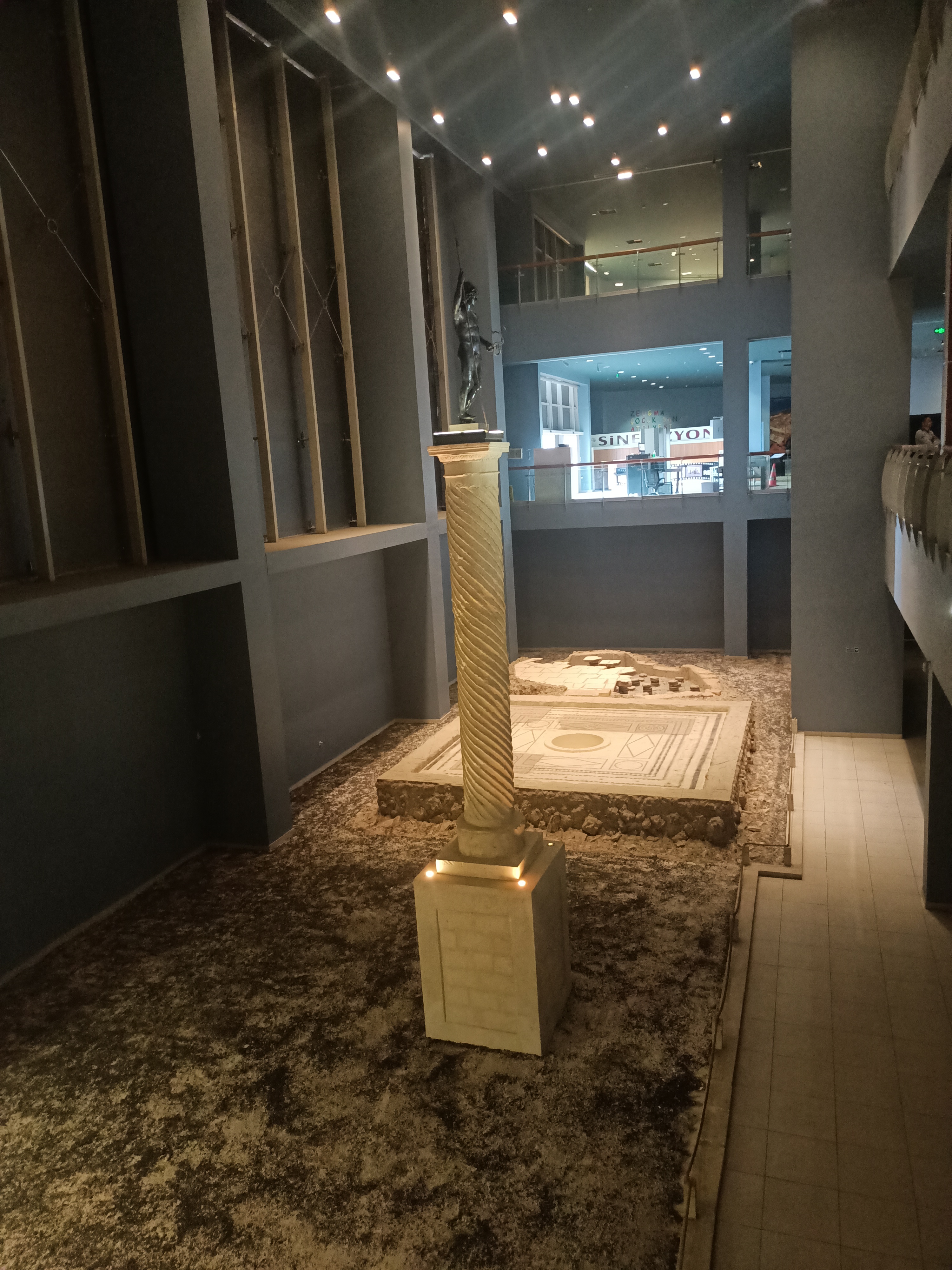
The Mesopotamian region, located between the Tigris River and the Euphrates River, has been known for its fertile lands for thousands of years.
In 2300, Seleukos Nikator, one of the commanders of Alexander the Great, established a settlement in this region.
Both its fertile lands and its location at the intersection of important trade routes have developed this region both culturally and economically. The civilization living here has become a highly developed society.
Zeugma, which lasted until it was destroyed by the Sassanids, became one of the four largest cities of the Commagene Kingdom.
The people living in the city have become very rich. This wealth is also reflected in art. People lived in villas. The pools and walls of the villas are decorated with mosaics.
The mosaics in the museum we visited today are the mosaics in the public houses of that period.
The most magnificent of the mosaics are located on the ground floor of the museum. For example, the fact that all the walls and even the floors of the villas of Poseidon and Euphrates are decorated with mosaics and frescoes are proof of the richness of the city.
Now I would like to show you the works on the ground floor of the museum. Mosaics in the villas, the broken-headed sculpture, the bathroom in a villa are exhibited here.
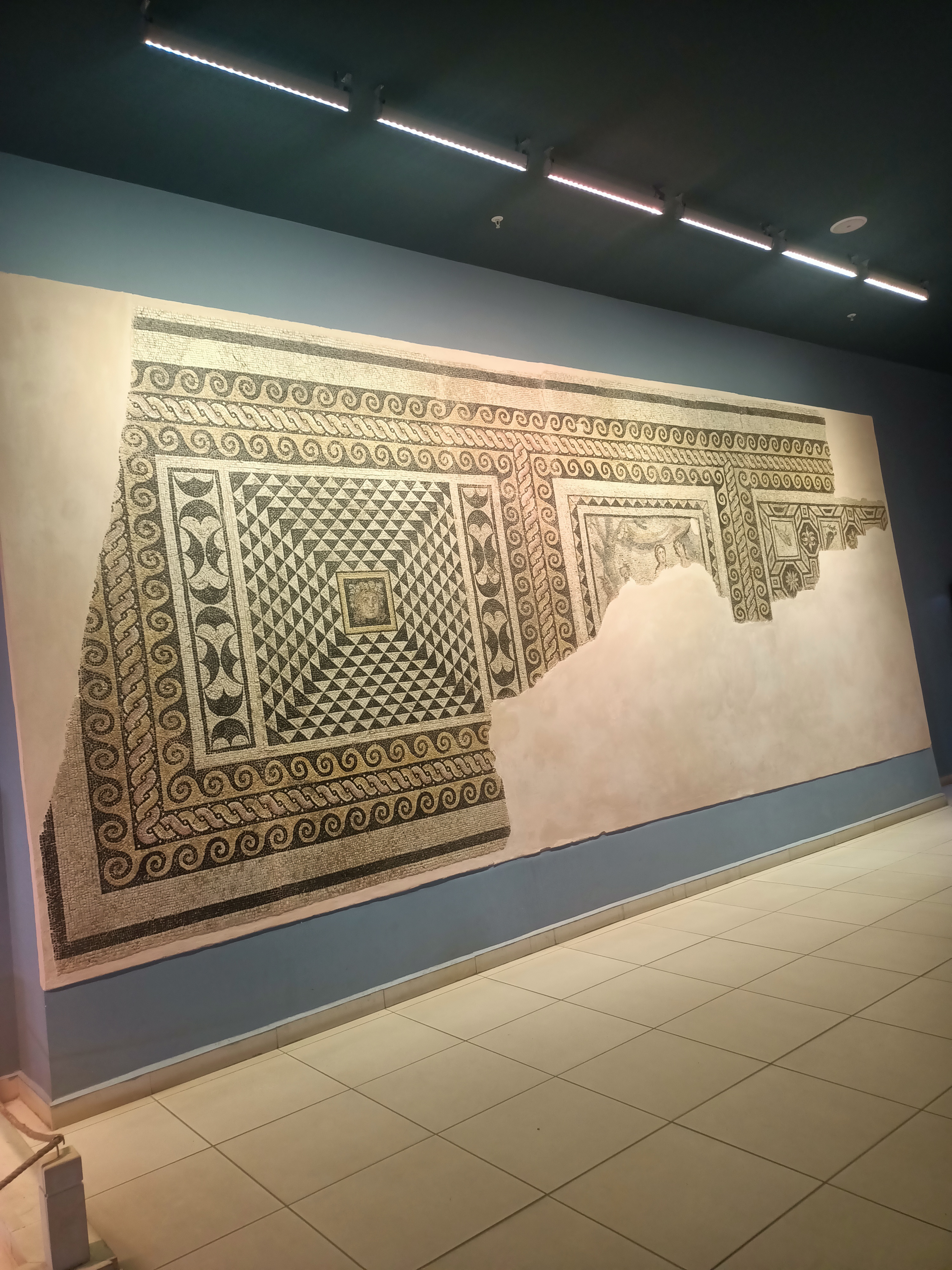
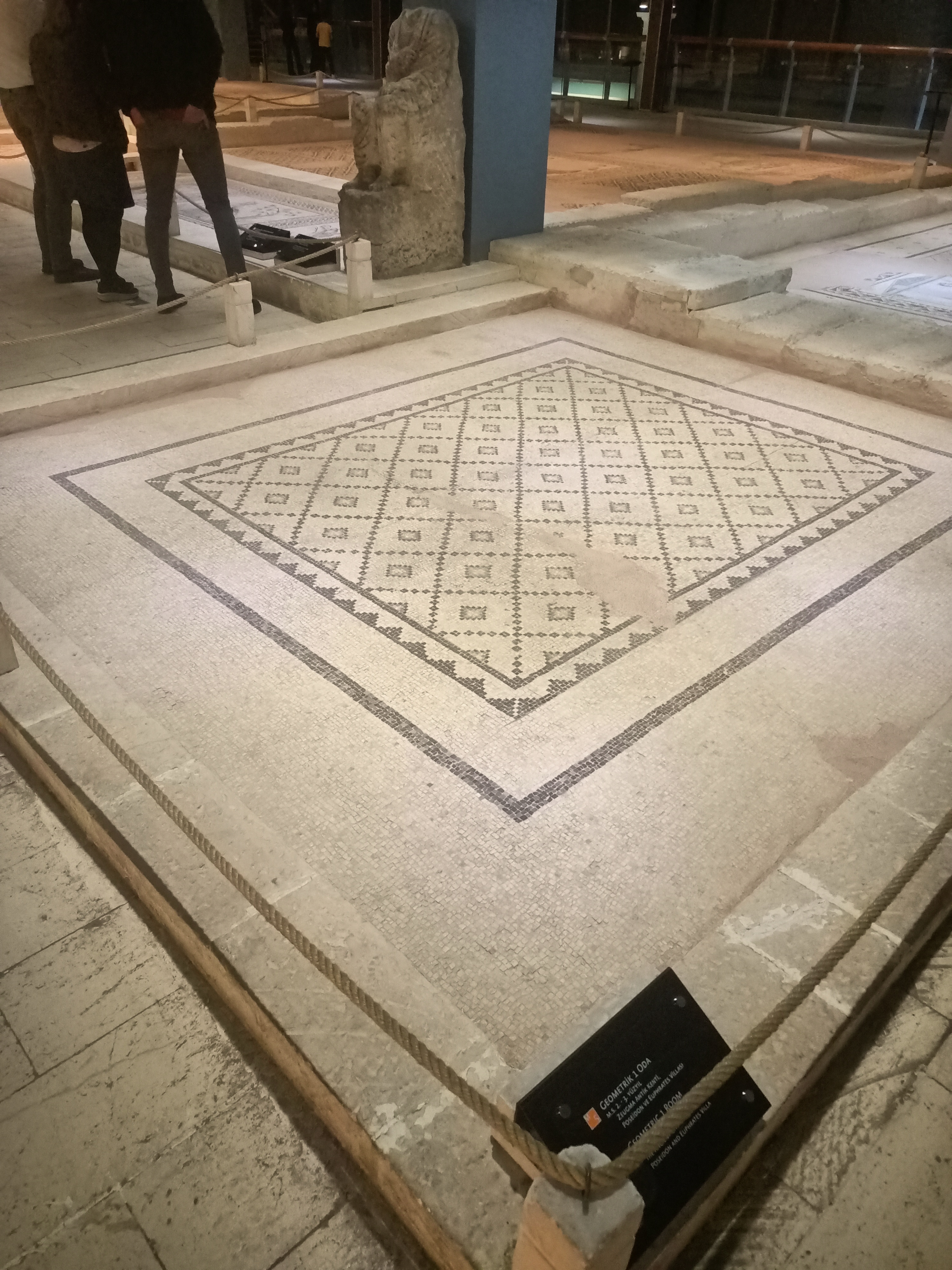
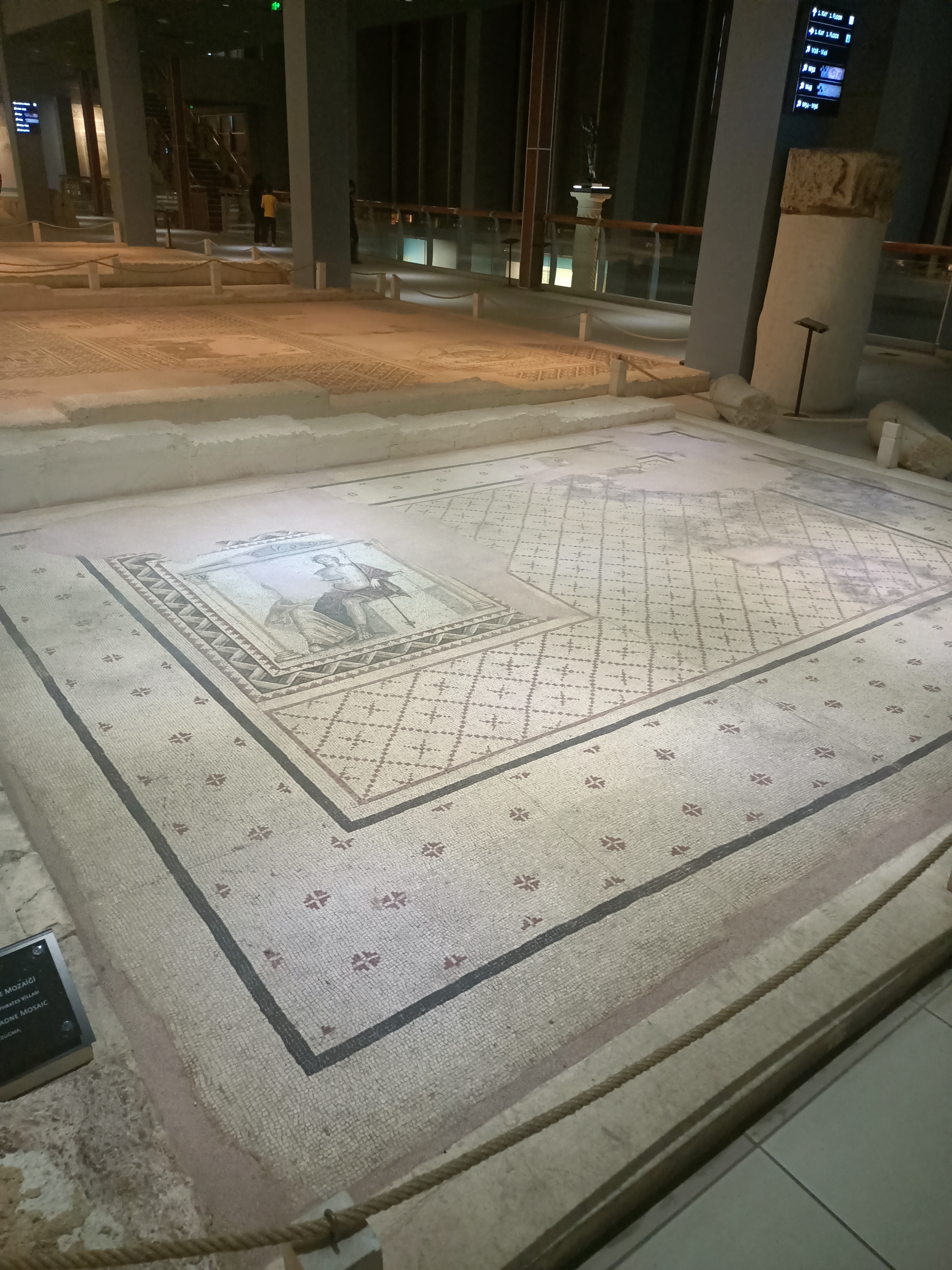
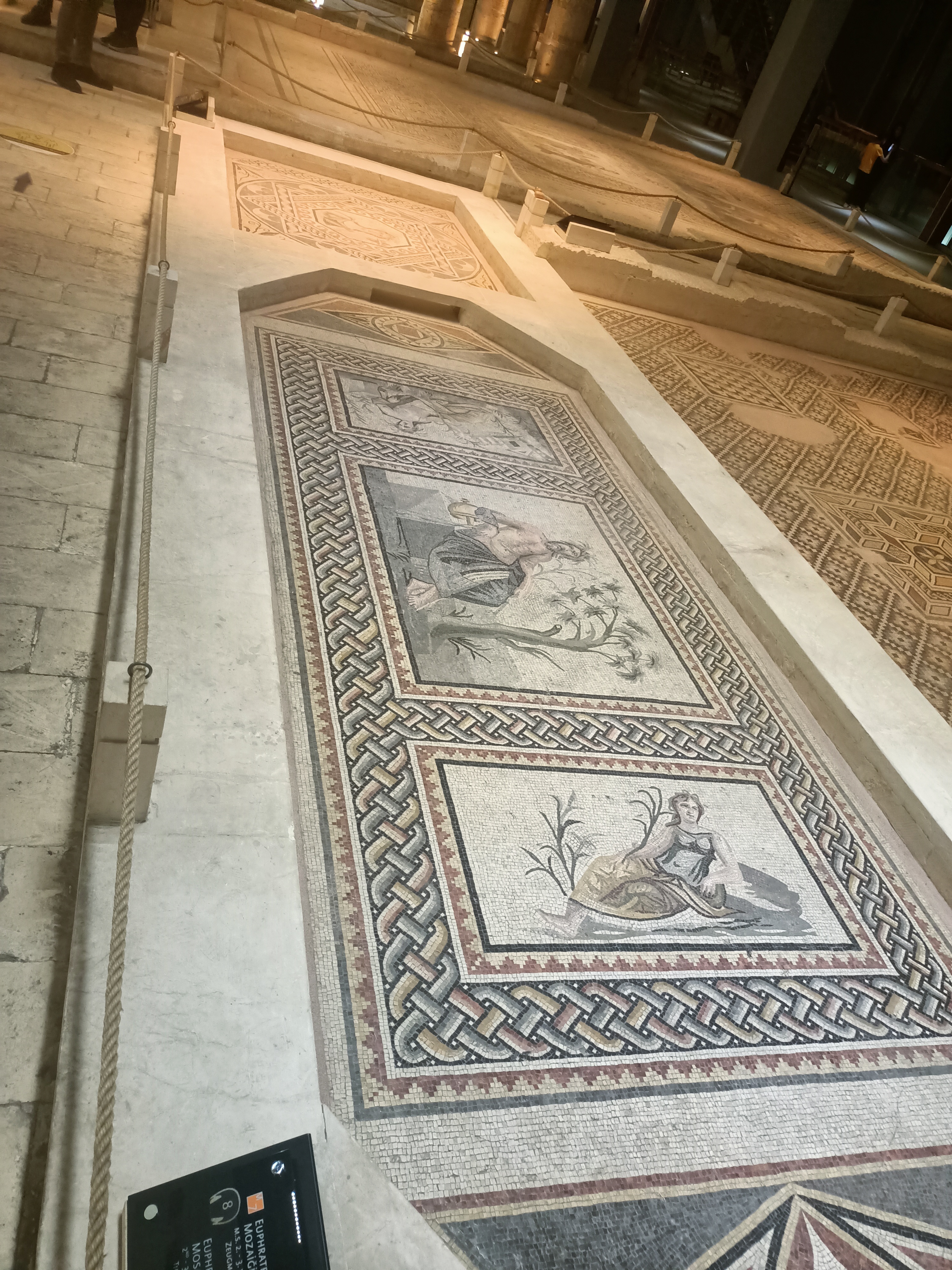

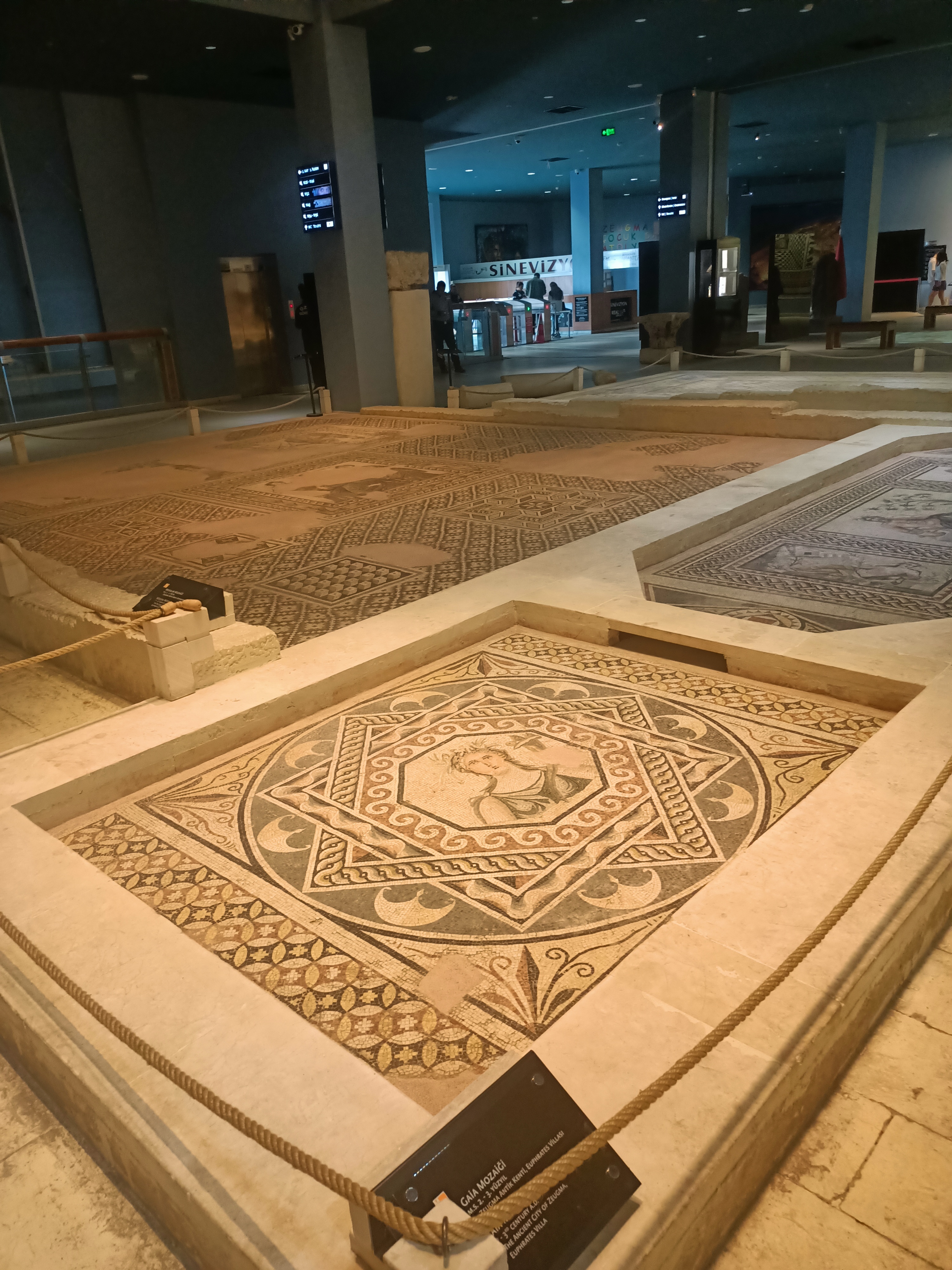
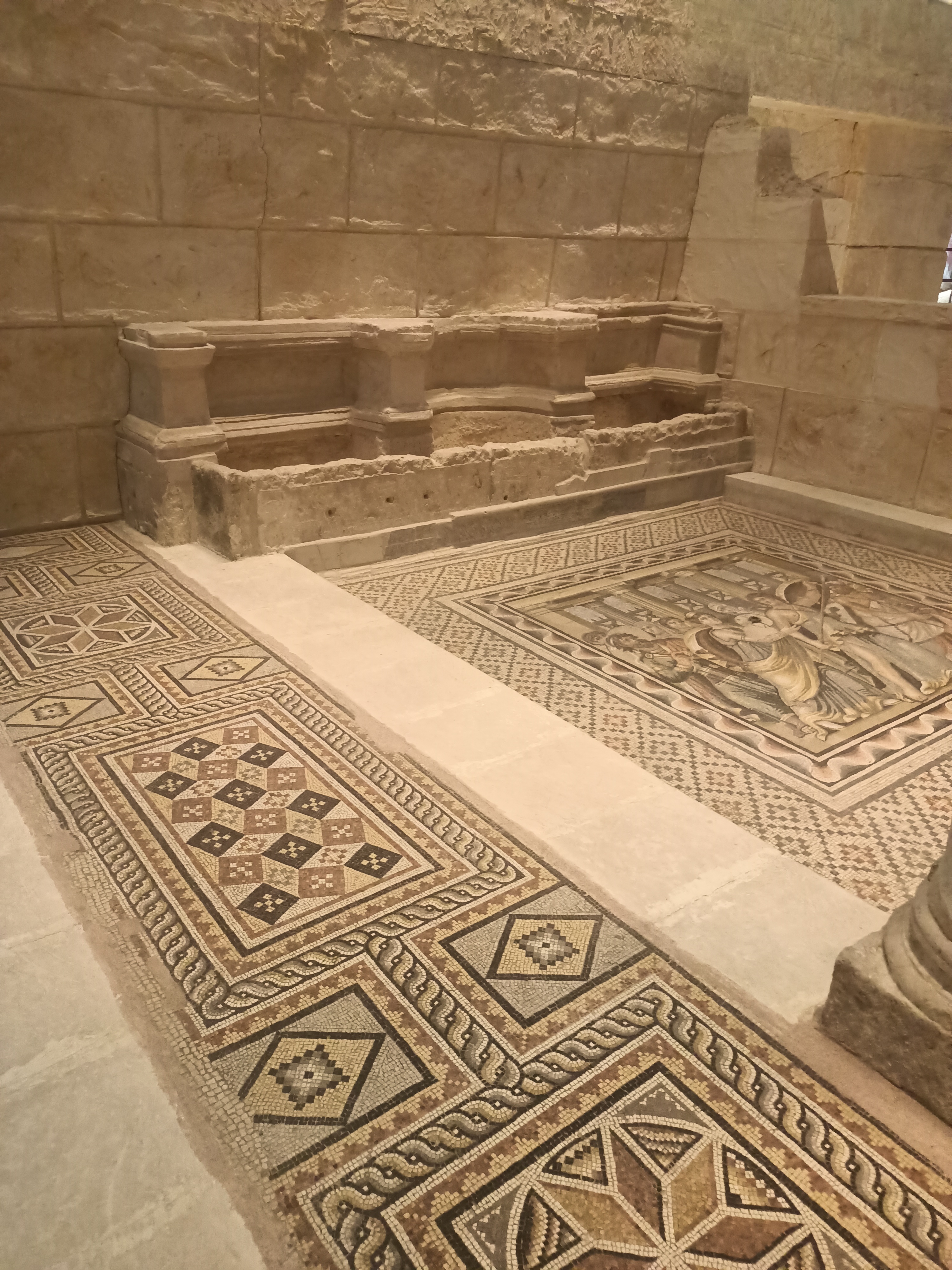
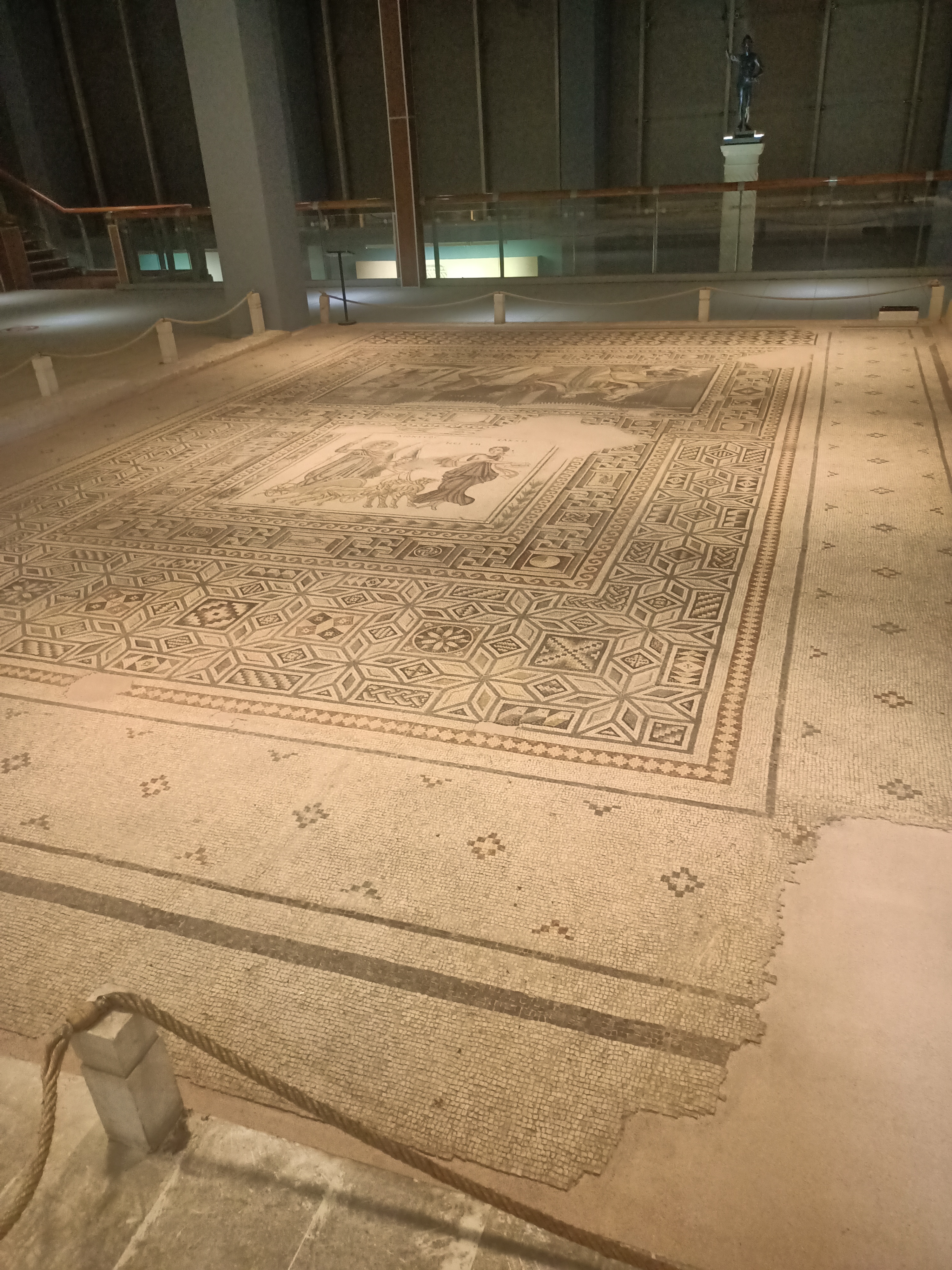




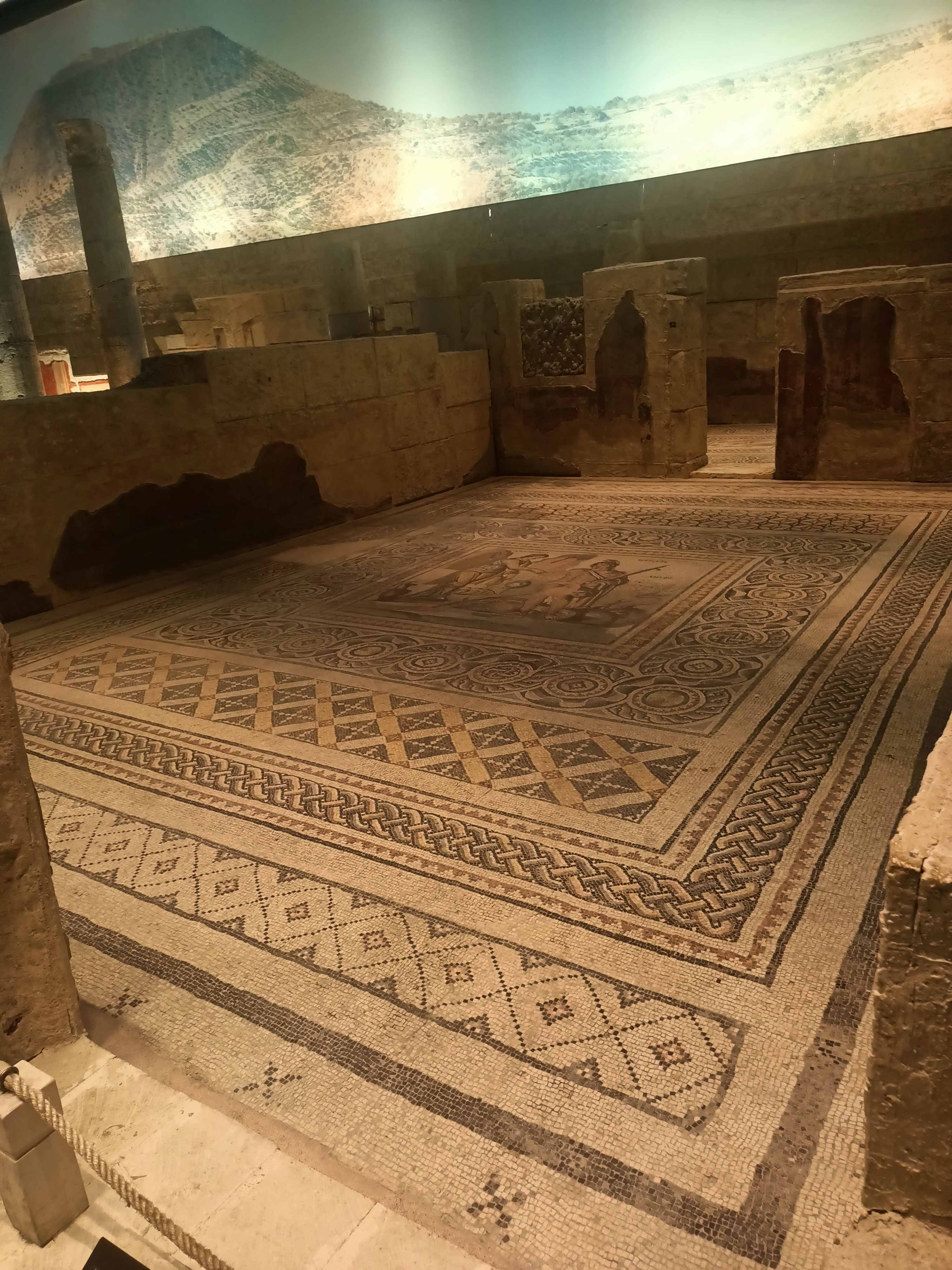
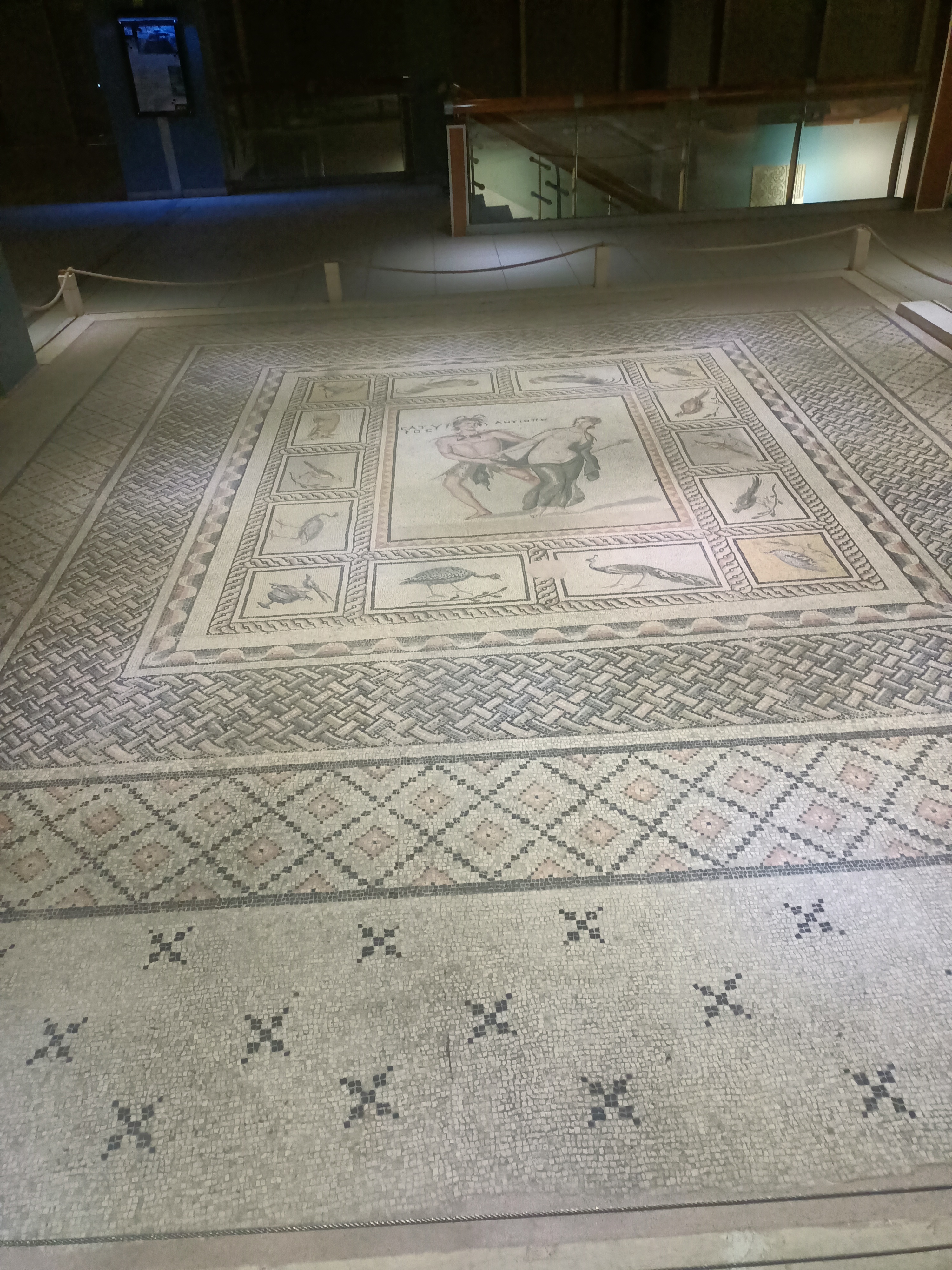
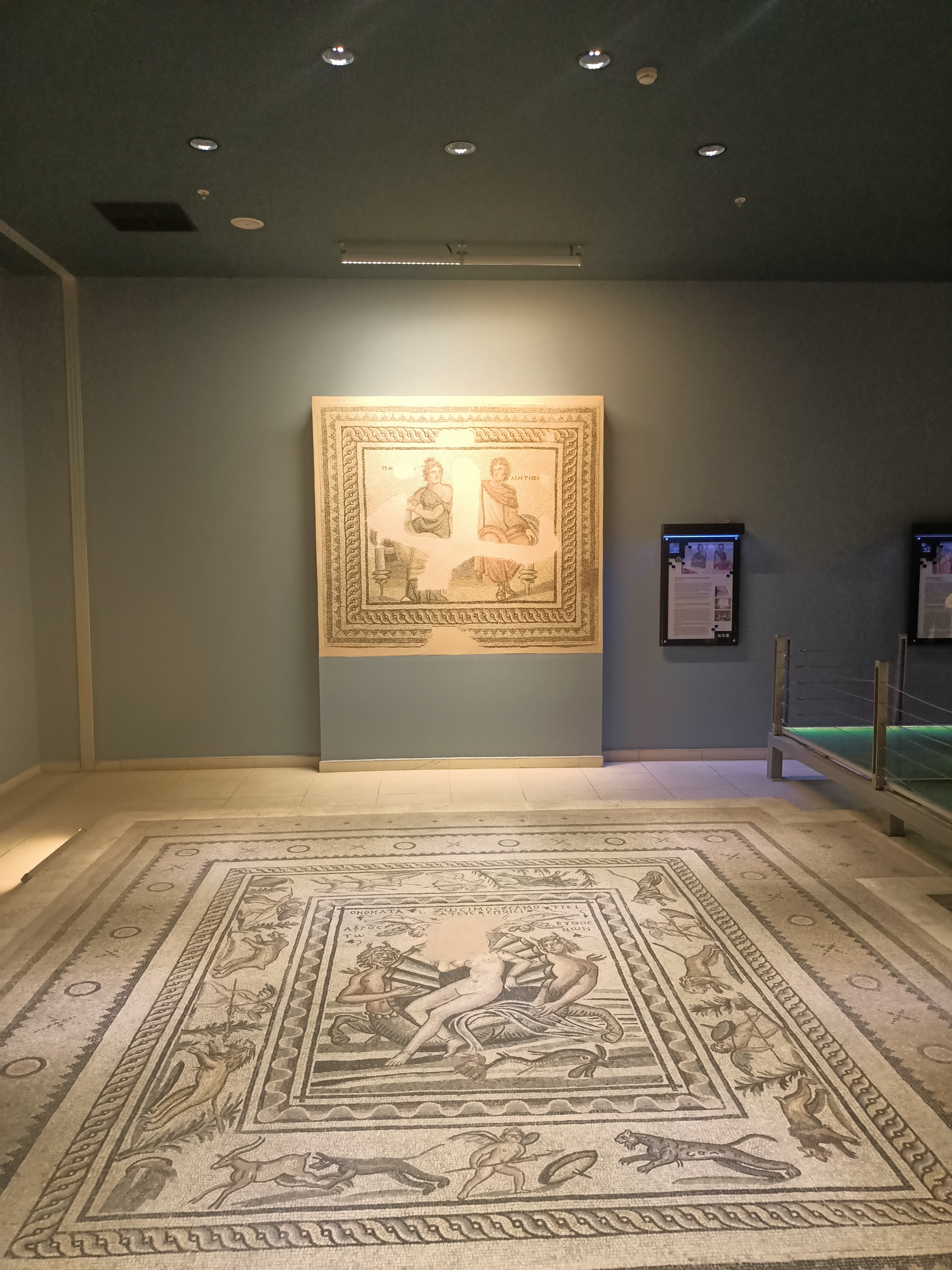
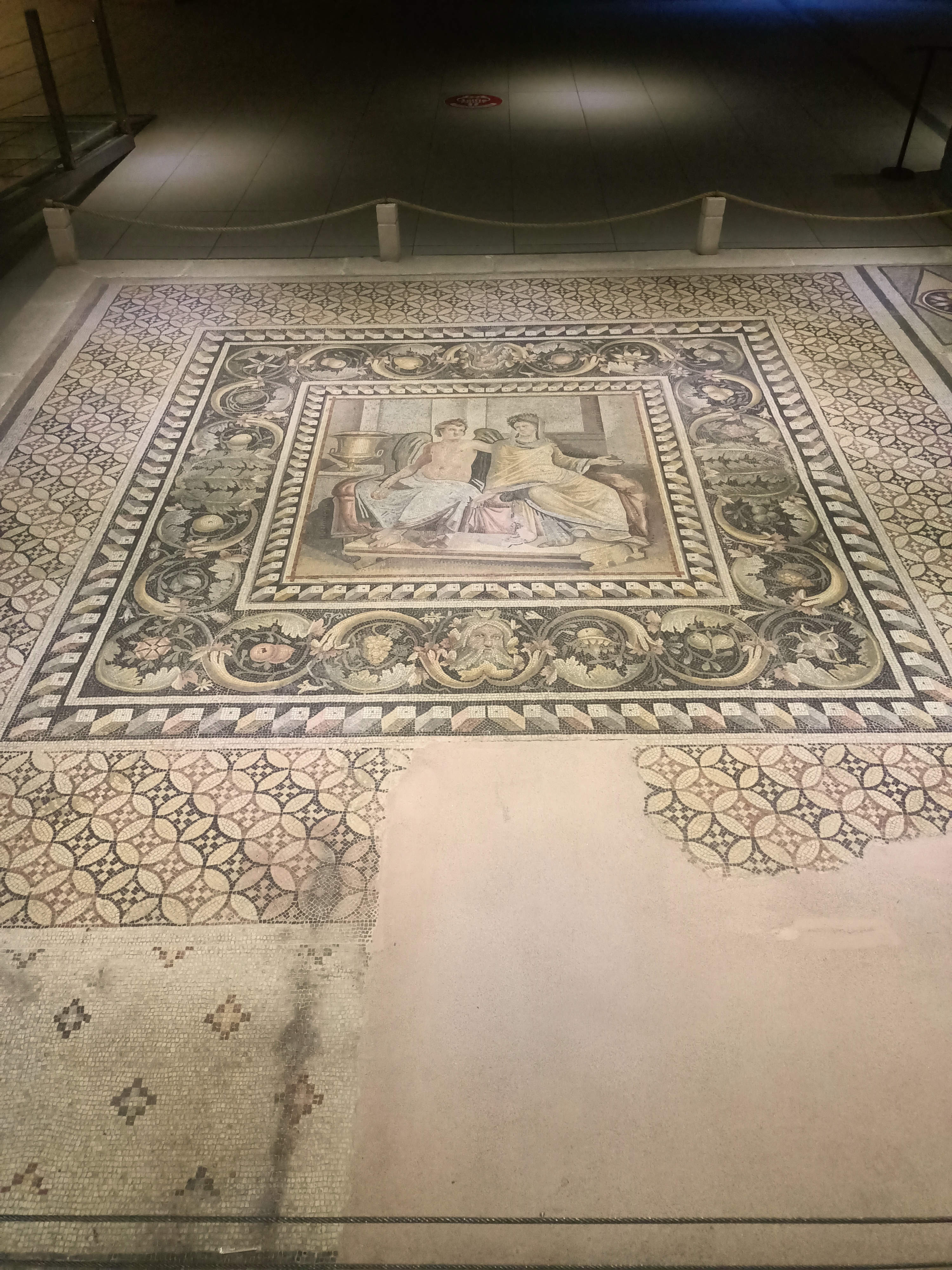
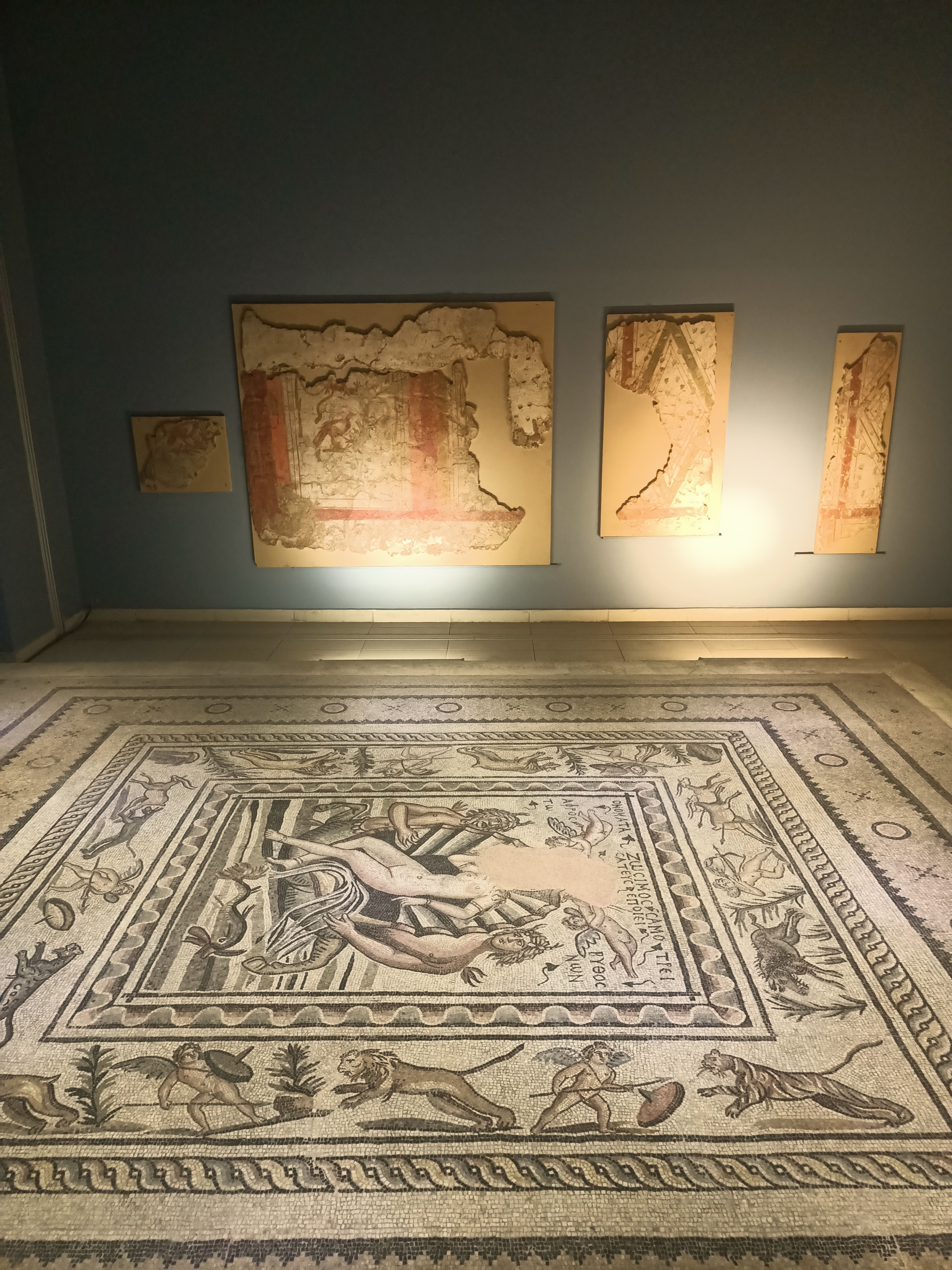
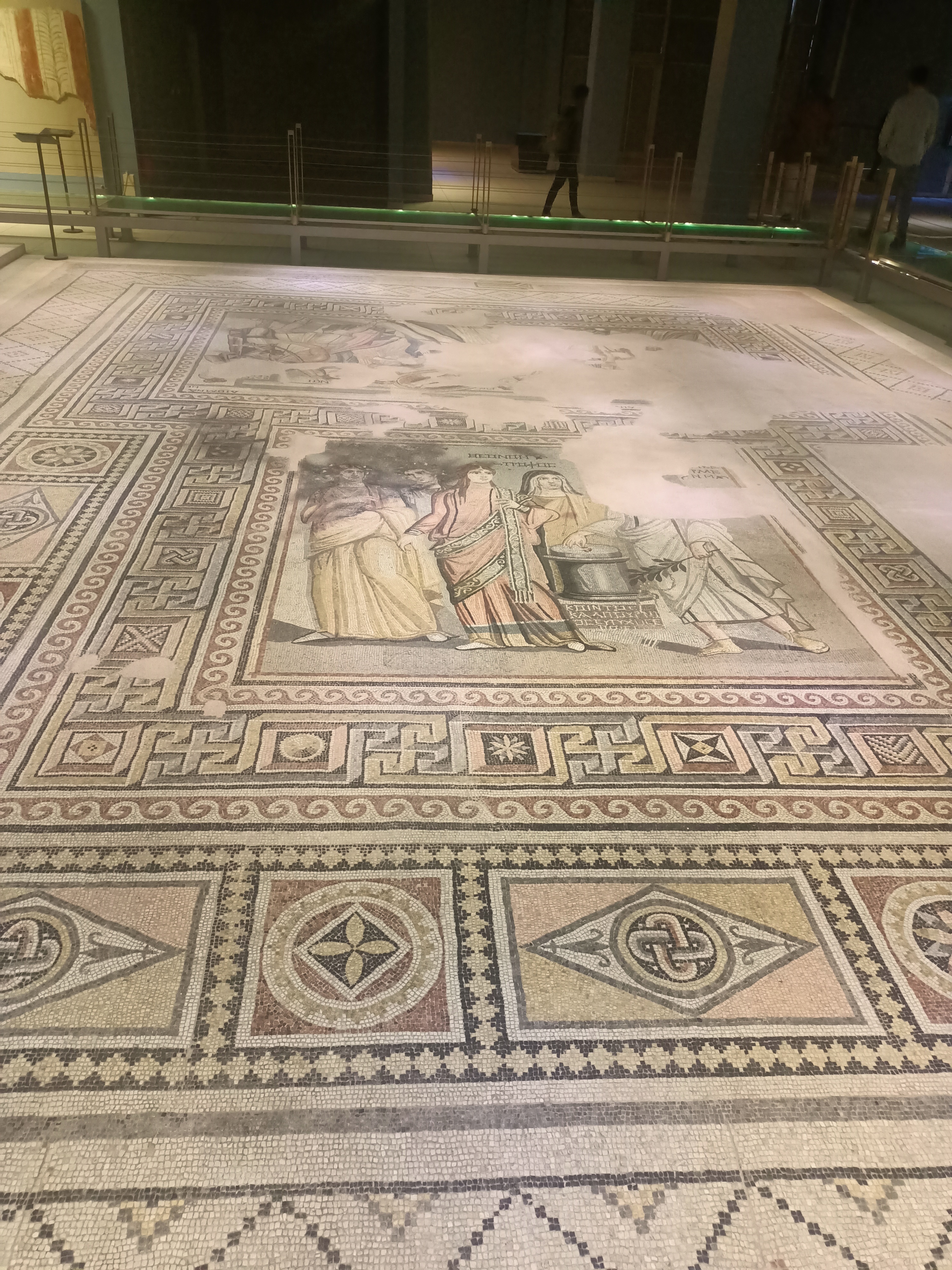
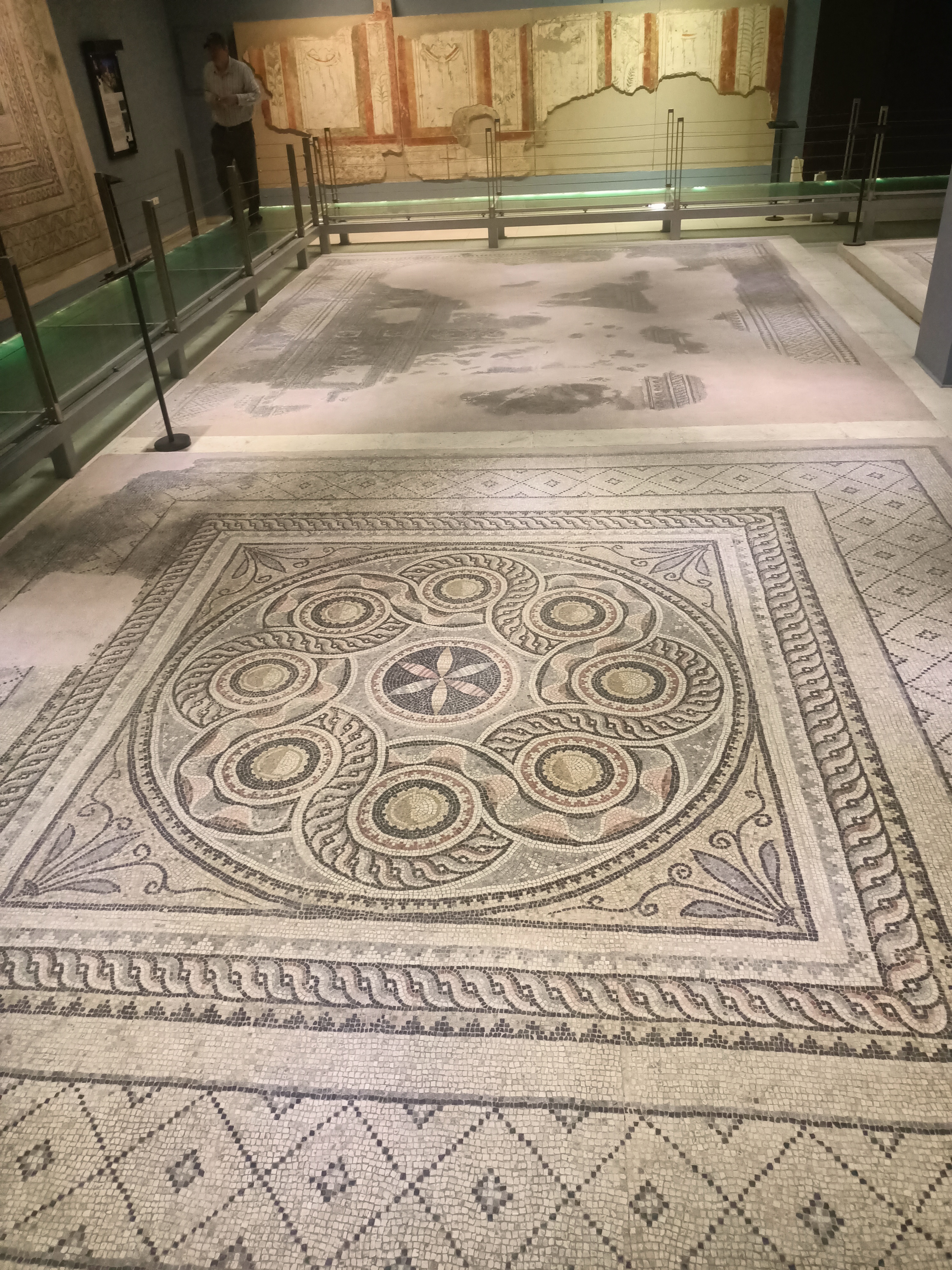
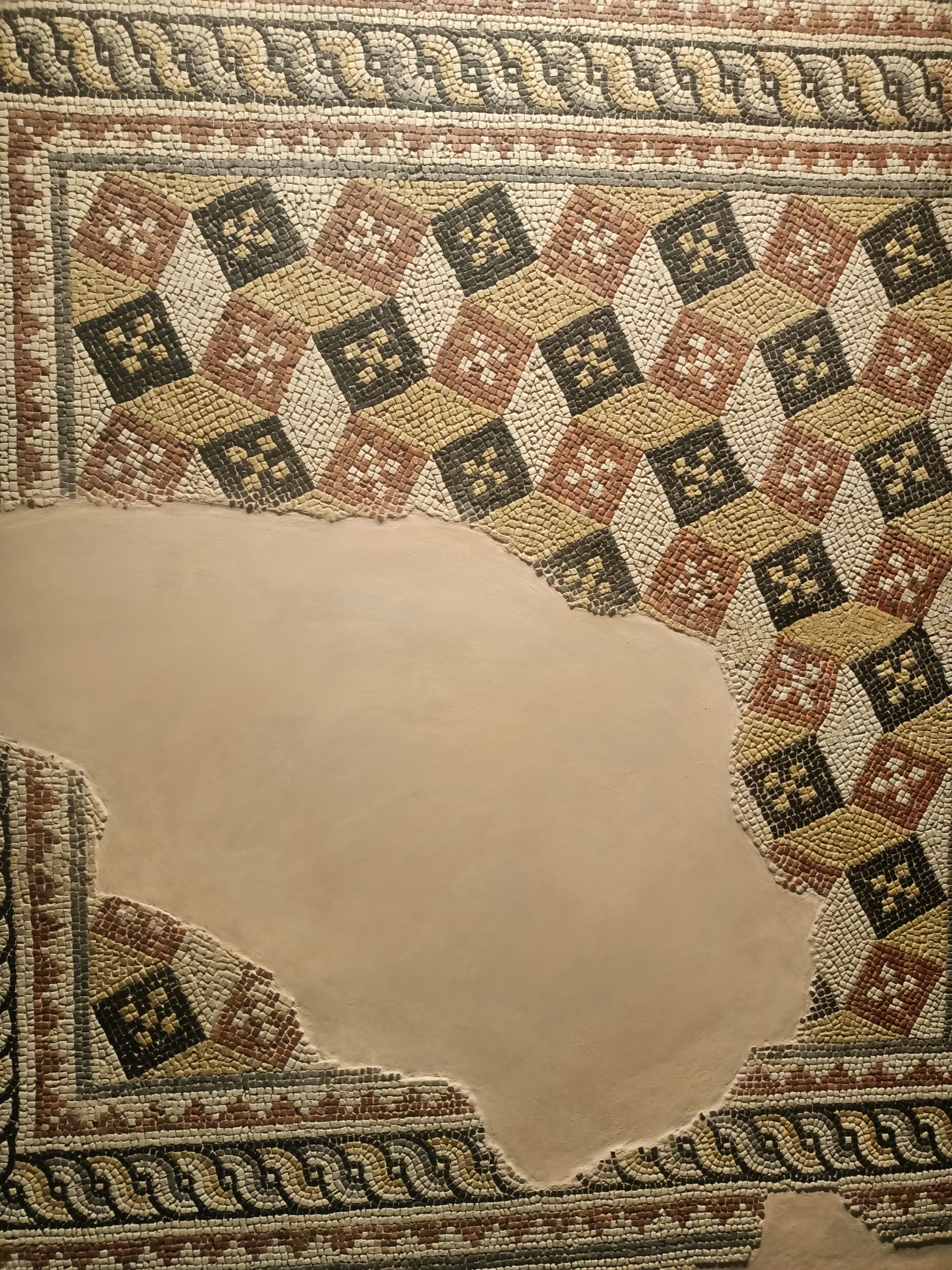
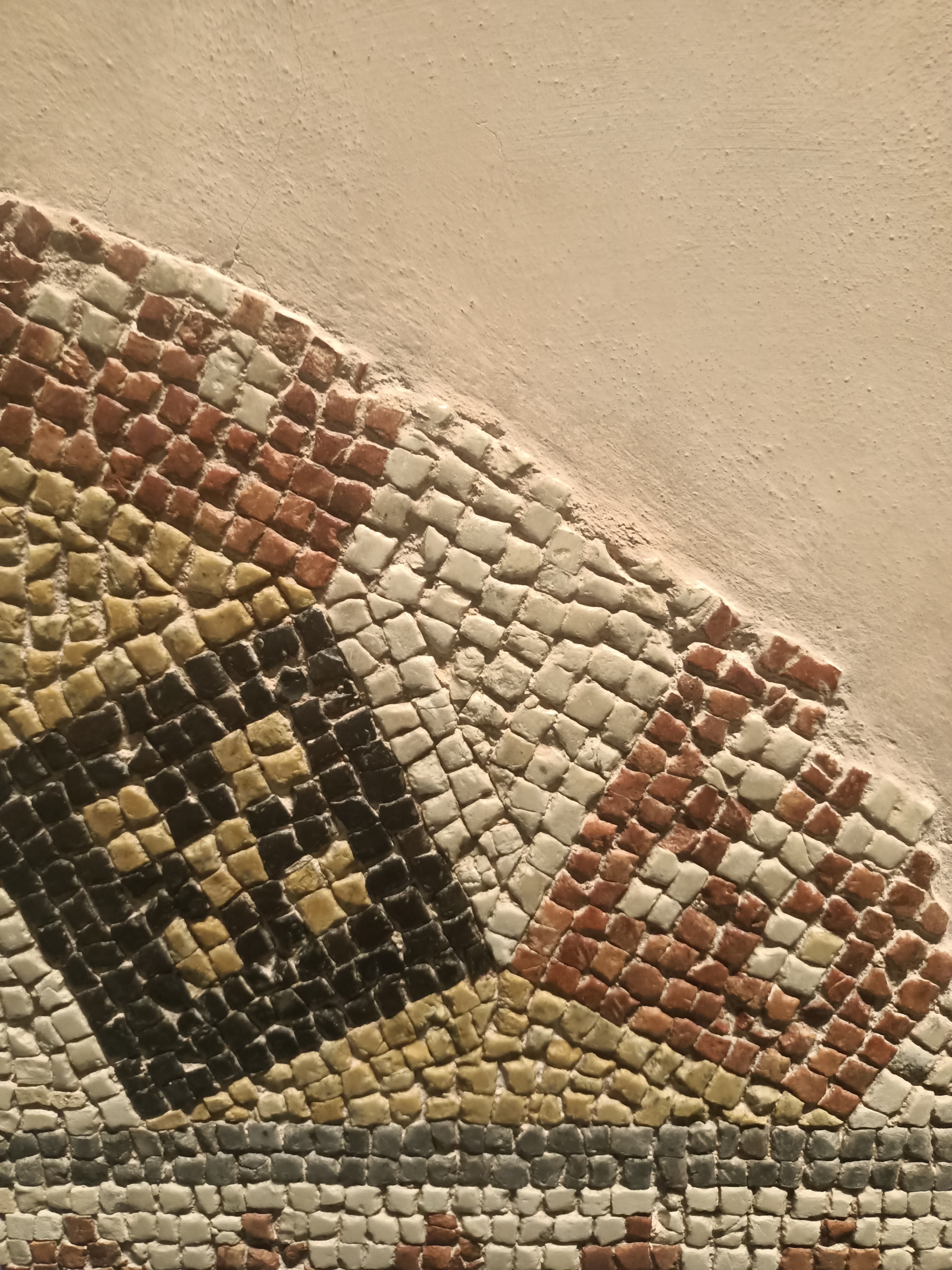
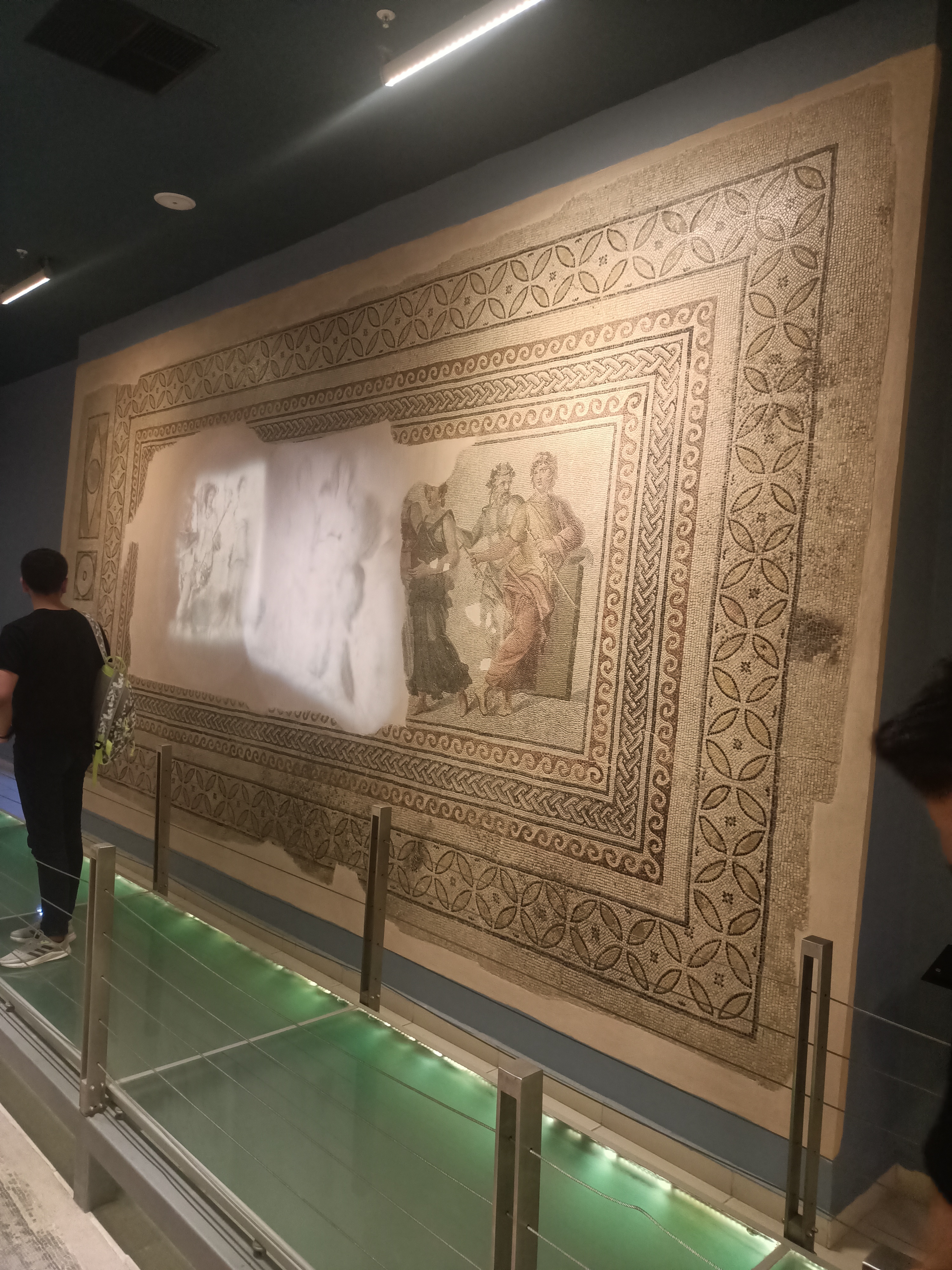

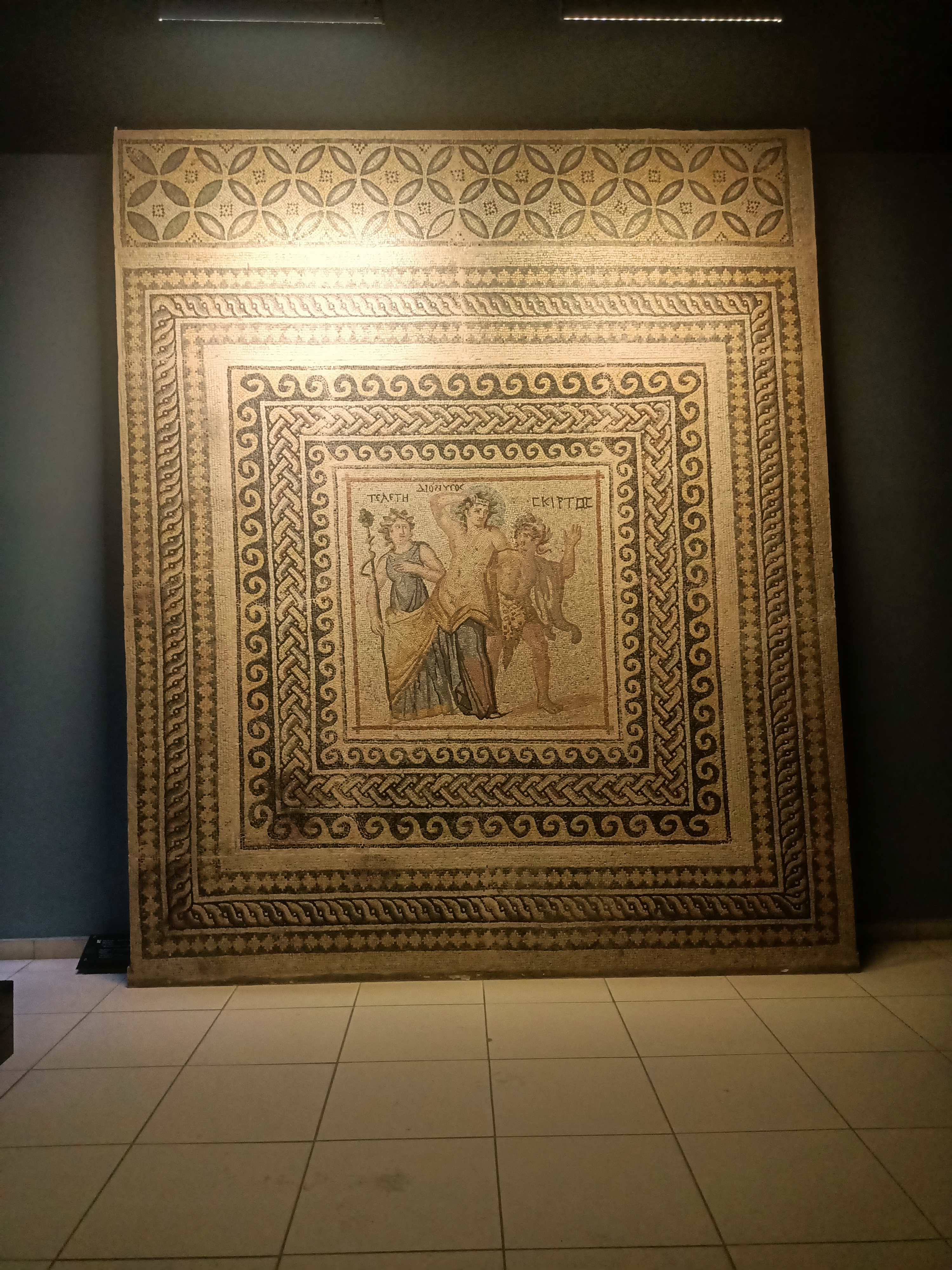
In these photos, you can see the mosaics on the ground floor of the three-floor Zeugma Mosaic Museum.
The downstairs was unfortunately closed. I was only able to take bird's-eye photos of the mosaics on the lower floor.
But it was also great to see the mosaics from above like this.
Although Bem had visited the museum before, I had not had the opportunity to visit the lower floor. At that time, the lower floor was not yet open to visitors. I hope the works are finished as soon as possible and we can visit the ground floor.
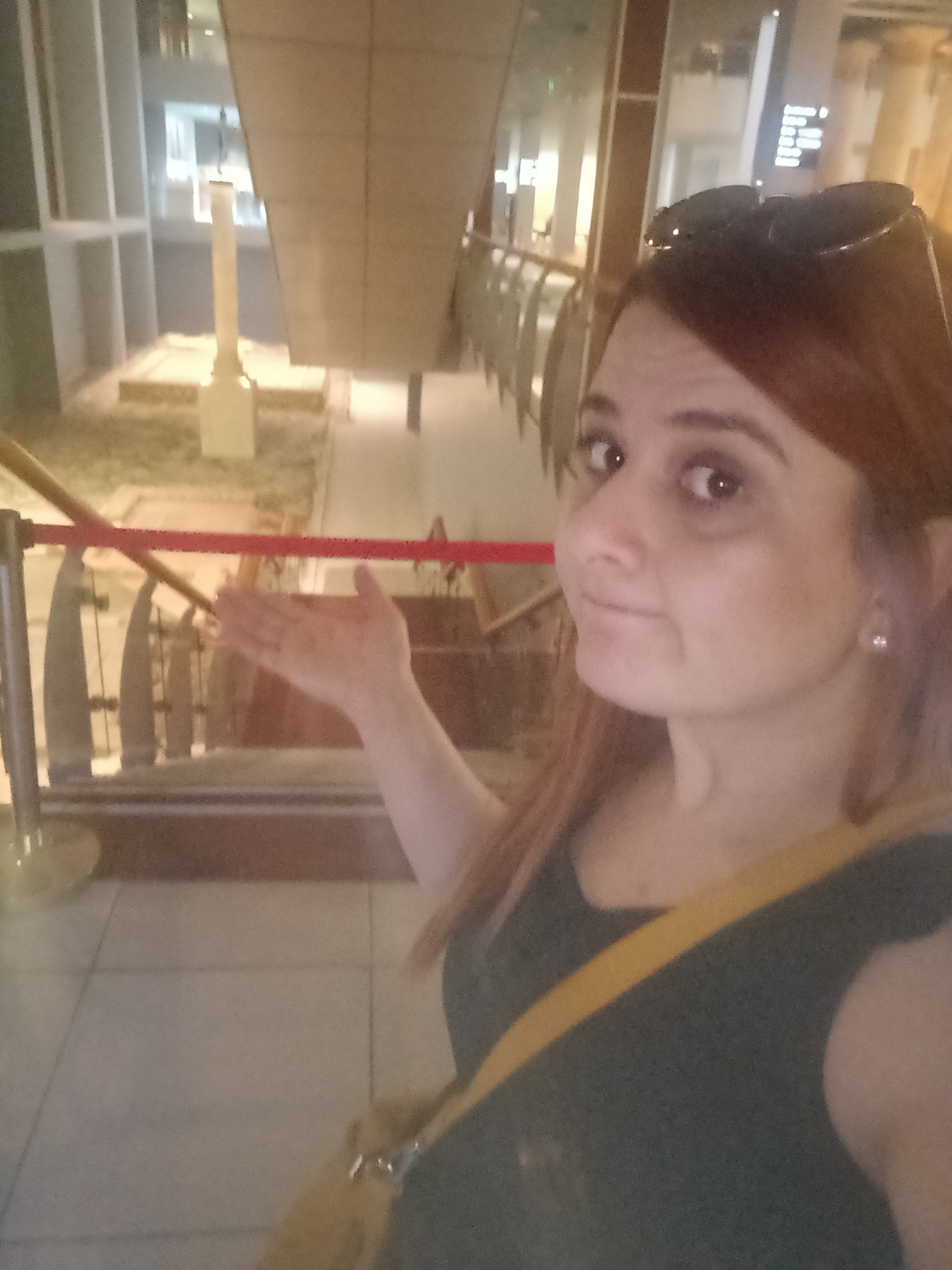
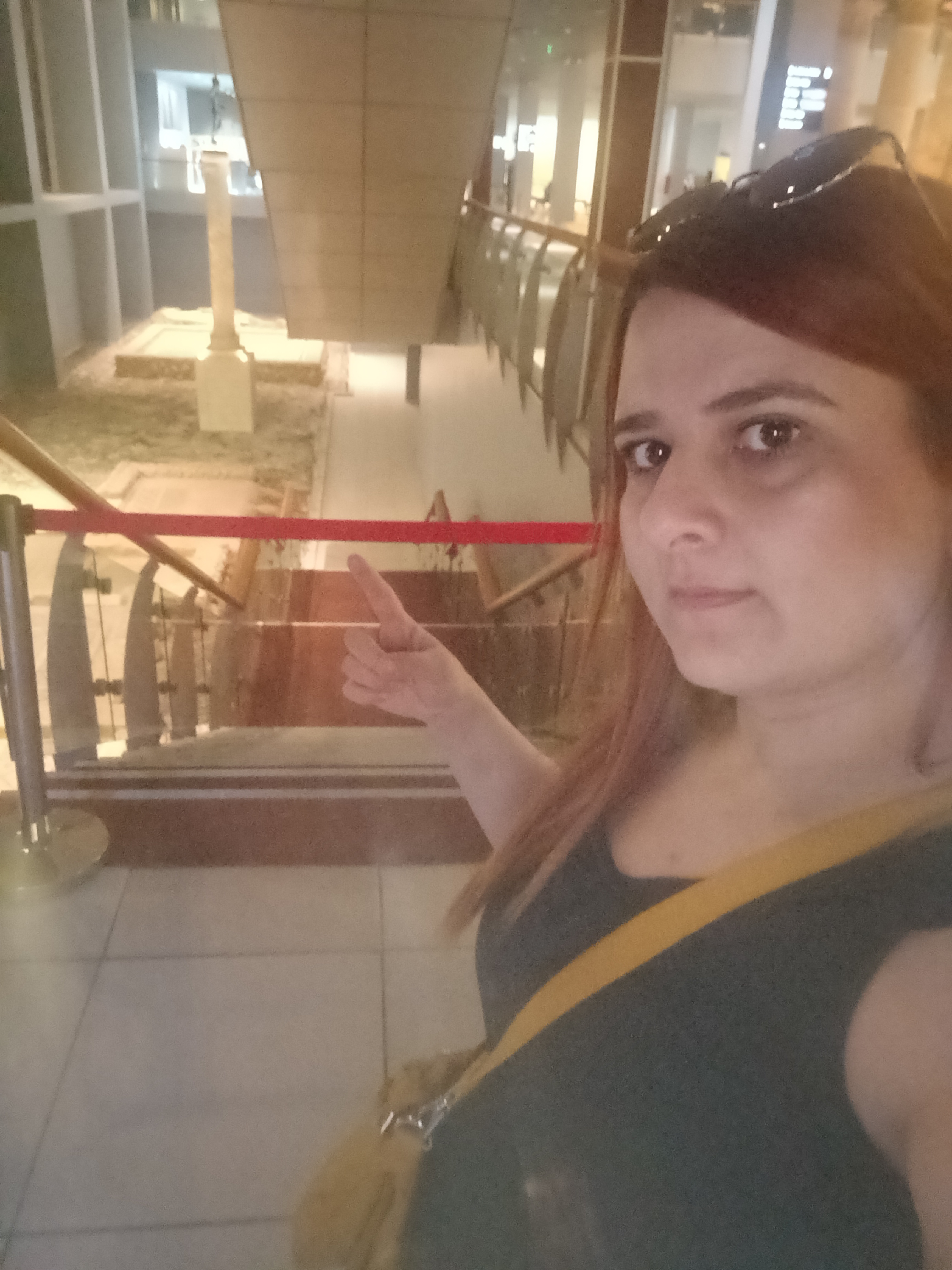
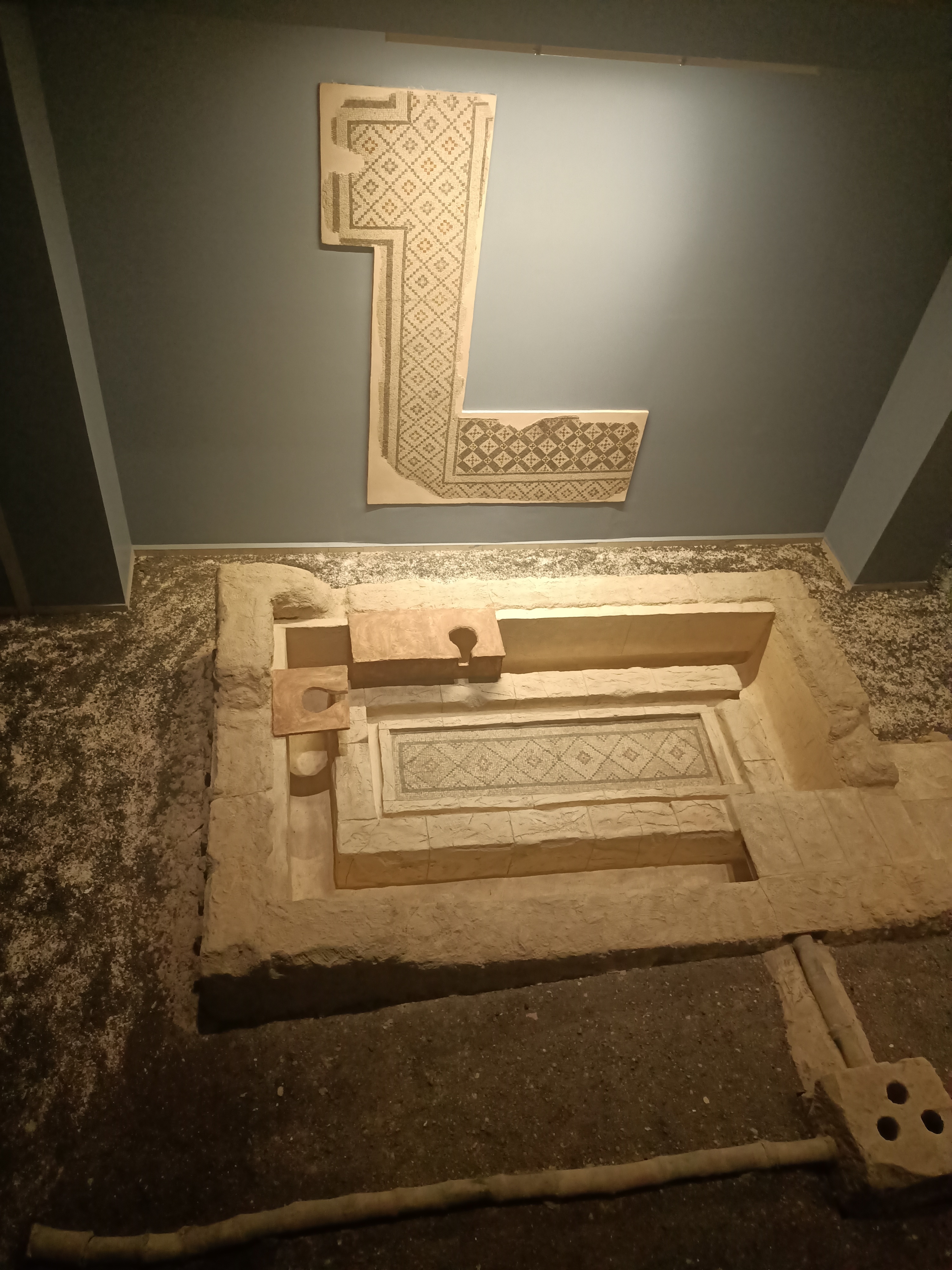

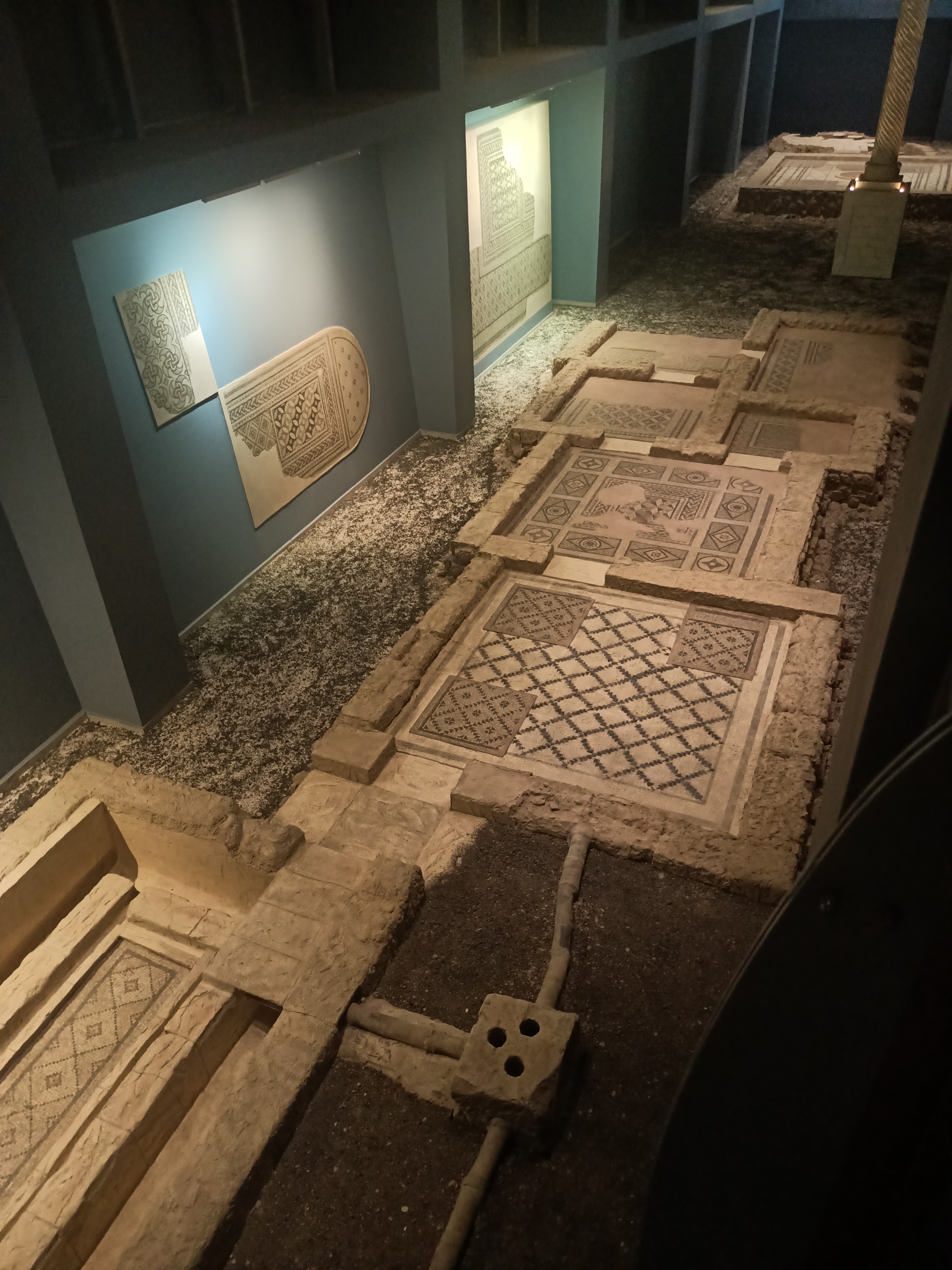
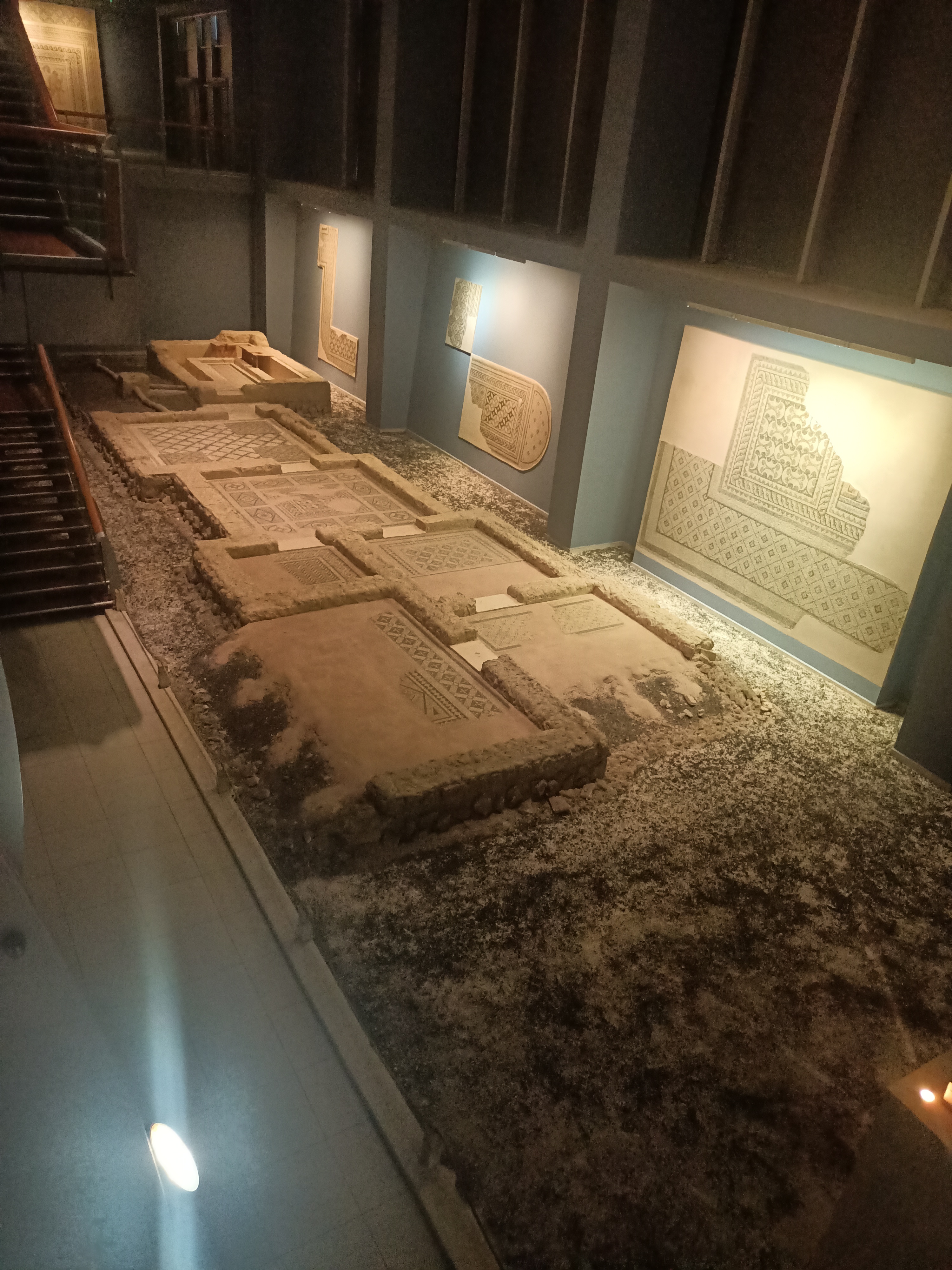
*Now I'm going to show you a bathing room, a broken-headed statue, and a child statue.
In this way, you will see all the works on the ground floor of the Zeugma Mosaic Museum.*
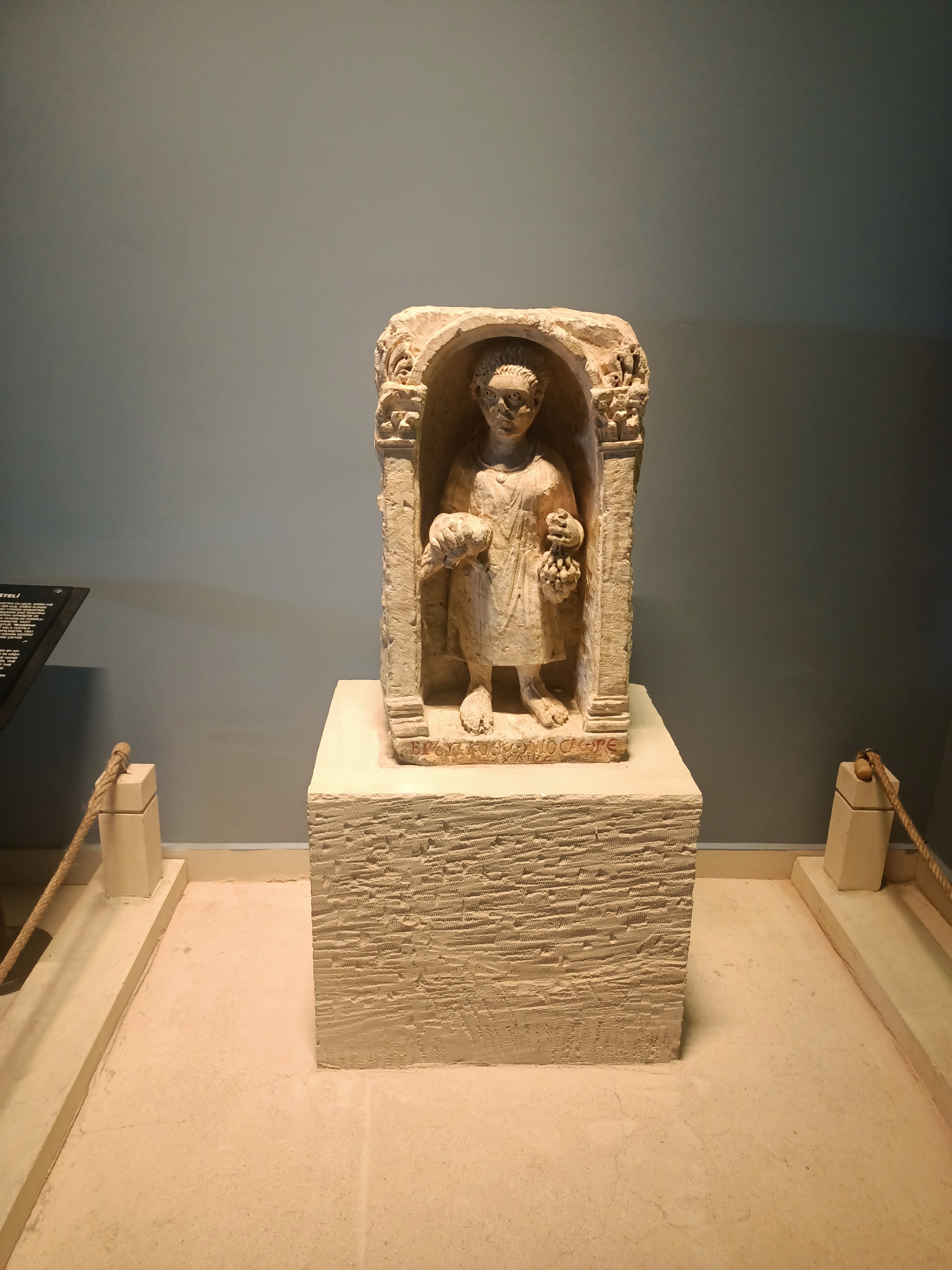
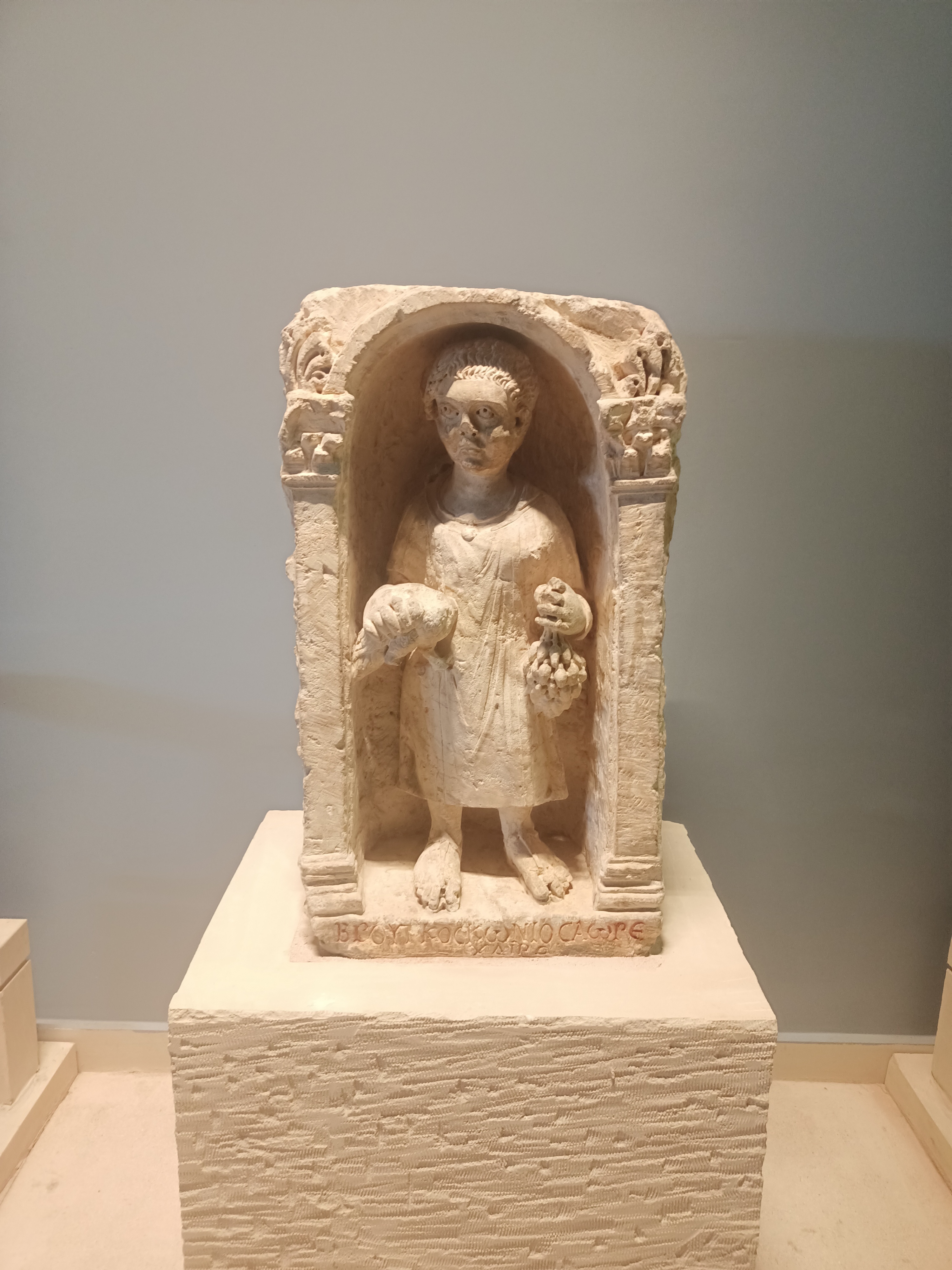

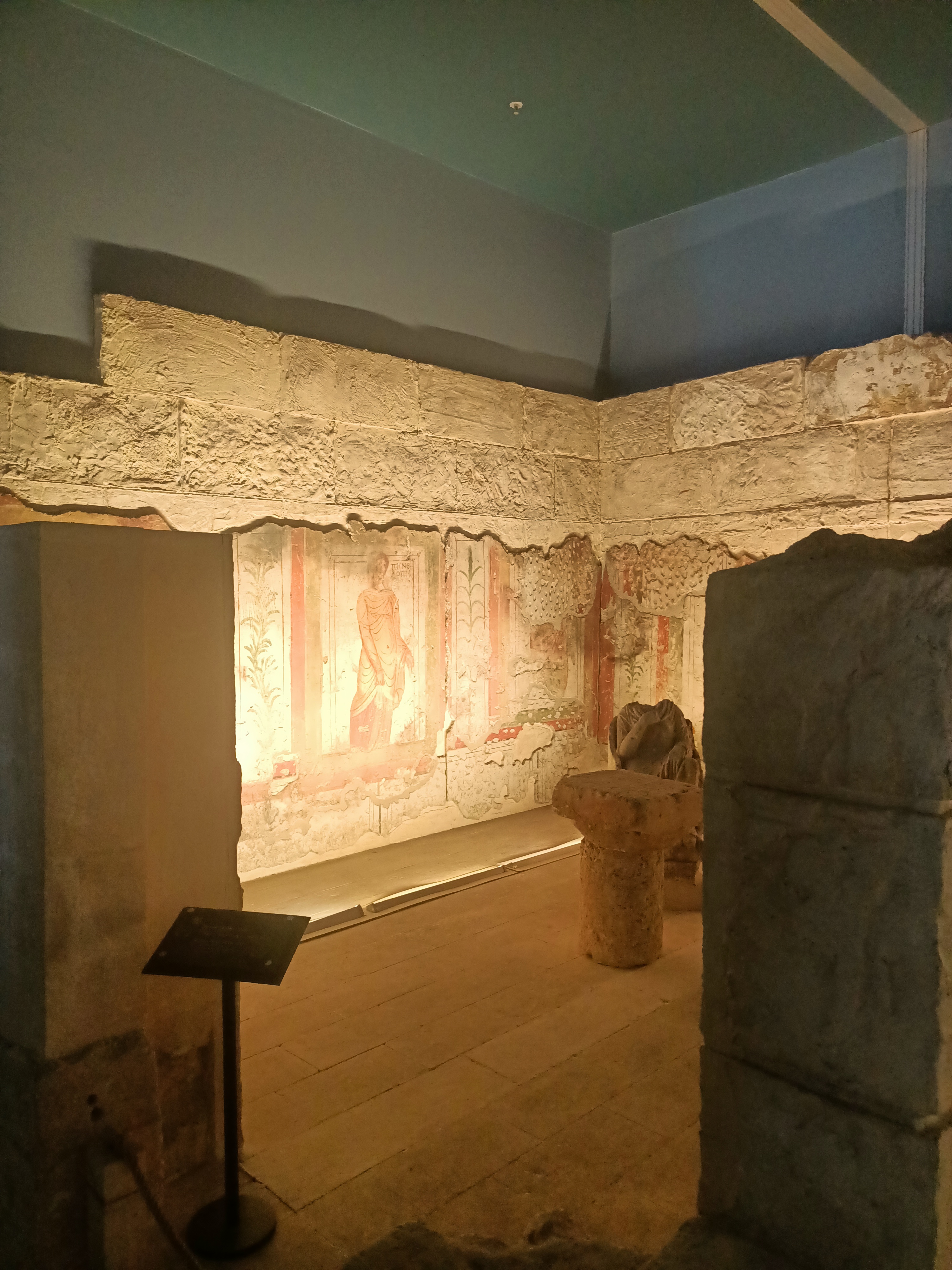
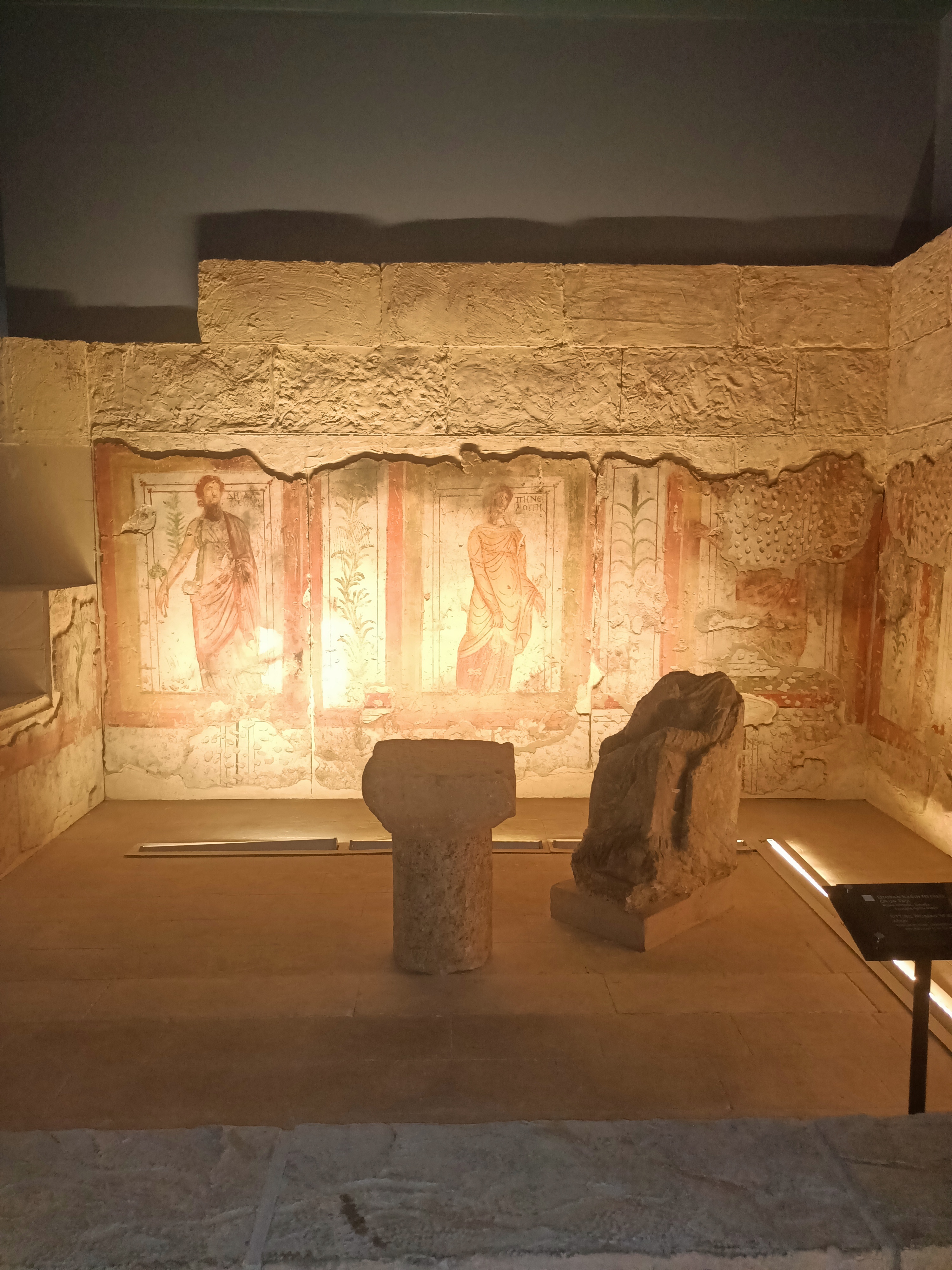


In this way, we finished the visit to the entrance floor of our museum. I will explain the magnificent works on the second floor in my next post.
The Gypsy Girl mosaic, which has become one of the symbols of Gaziantep, is also located in this museum and is exhibited on the 2nd floor. In my next post, I will talk about the second floor and the story of this mosaic.
That's all I'm going to share with you today, my dear friends.
Thank you for taking your precious time to read my post.
Keep supporting me.
Stay with love...Goodbye
..
Yay! 🤗
Your content has been boosted with Ecency Points, by @piinaar.
Use Ecency daily to boost your growth on platform!
Support Ecency
Vote for new Proposal
Delegate HP and earn more